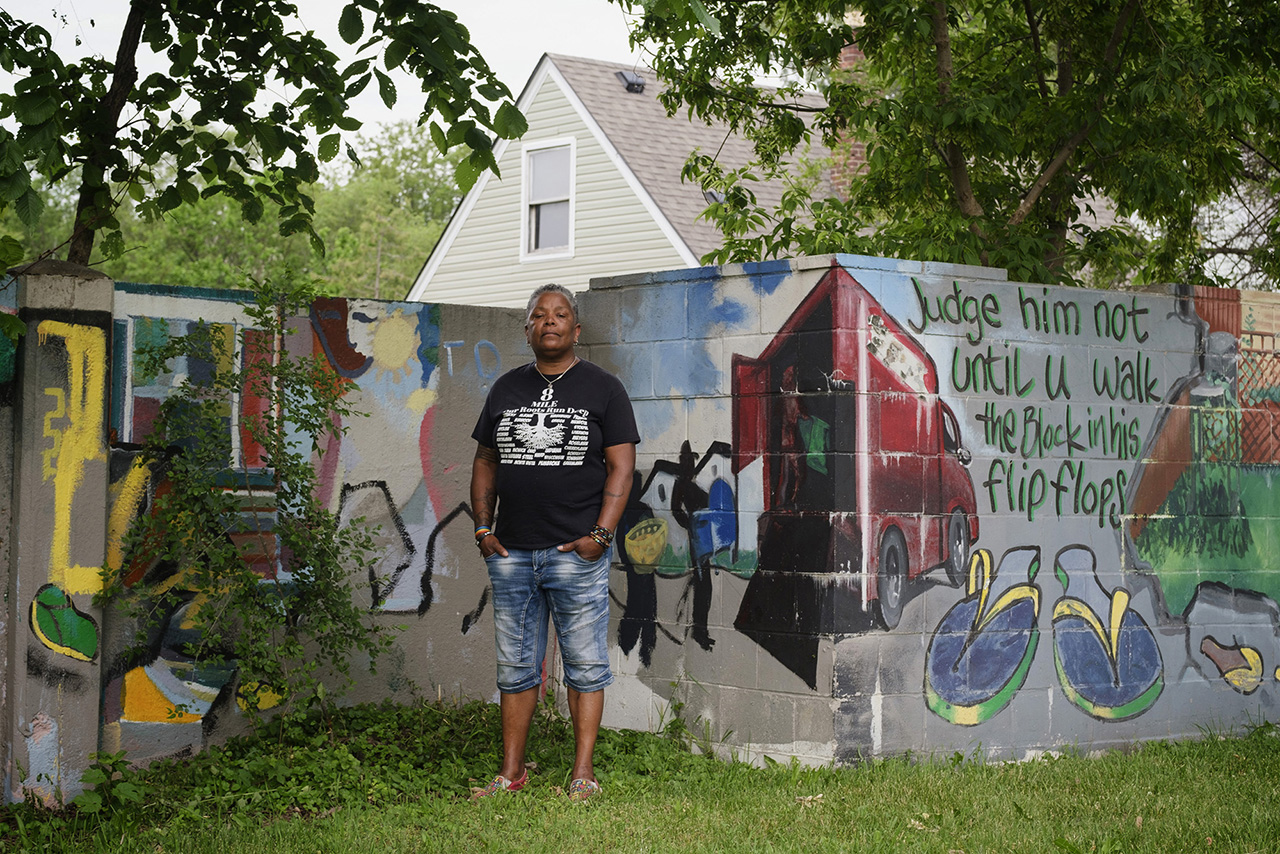How Detroit’s Birwood Wall, Built to Divide Black and White Residents, Still Creates Racial Barriers
Journalists Erin Einhorn and Olivia Lewis discuss how a remnant of the redlining era continues to function for its original intention.

A new story from NBC News and Bridge Detroit titled “Built to Keep Black from White” explores the history of Detroit’s Birwood Wall. The wall, also known as Detroit’s Wailing Wall, separated Black and white residents in Detroit’s Eight Mile-Wyoming neighborhood during the 20th century. Authors Erin Einhorn and Olivia Lewis say the Birwood Wall, much of which still stands today, continues to function for its original intention.
“Every time there has been success for Black people in terms of finding housing in a good neighborhood, they have been greeted with animosity.” –Olivia Lewis, Bridge Detroit
Listen: The past, present and future of the Birwood Wall.
Guests
Erin Einhorn is a national reporter for NBC News. She says the purpose of the Birwood Wall was to separate a new white neighborhood from the existing Black community in order to designate it as a safe investment. “The wall dates back to the time that we had redlining … A white developer came along and wanted to build a neighborhood for white families there, but was told he couldn’t … so he built a wall.” The person responsible for building the wall was unclear for many years, but Einhorn and Lewis were able to find its creator through business and real estate records. “The name of the builder is James T. McMillin.”

Olivia Lewis is a reporter for Bridge Detroit. She says the Birwood Wall was completed in 1941. “Not everyone knew the wall existed at first, but once they did, once they learned that the wall was there and that it existed to separate Blacks from whites … the children who lived there started to get a sense of how the world viewed [race].” Lewis says either housing policies or direct physical threats prevented Black residents from receiving the same housing or resources as white neighborhoods. “Every time there has been success for Black people in terms of finding housing in a good neighborhood, they have been greeted with animosity.” She says the areas in Detroit where housing prices are lower are interconnected with redlining and other extensions of racial segregation. “How can we as a people … get around these policies so people can have affordable housing in safe neighborhoods? … There are so many policies that are making that happen. There’s a lot of undoing that needs to happen.”
Trusted, accurate, up-to-date.
WDET strives to make our journalism accessible to everyone. As a public media institution, we maintain our journalistic integrity through independent support from readers like you. If you value WDET as your source of news, music and conversation, please make a gift today.
